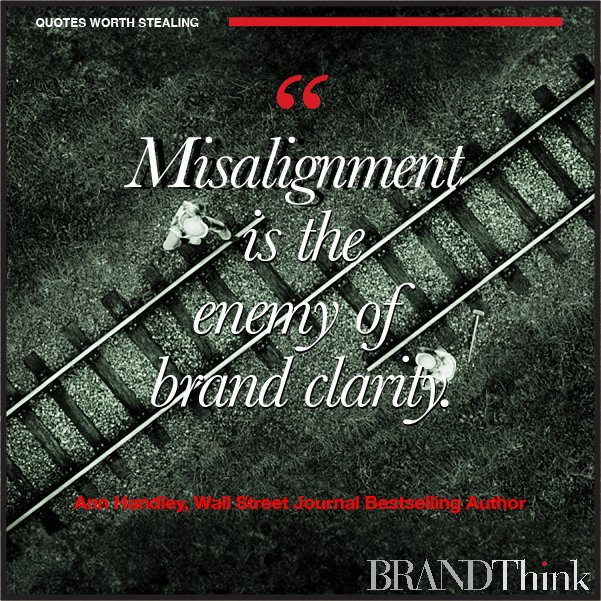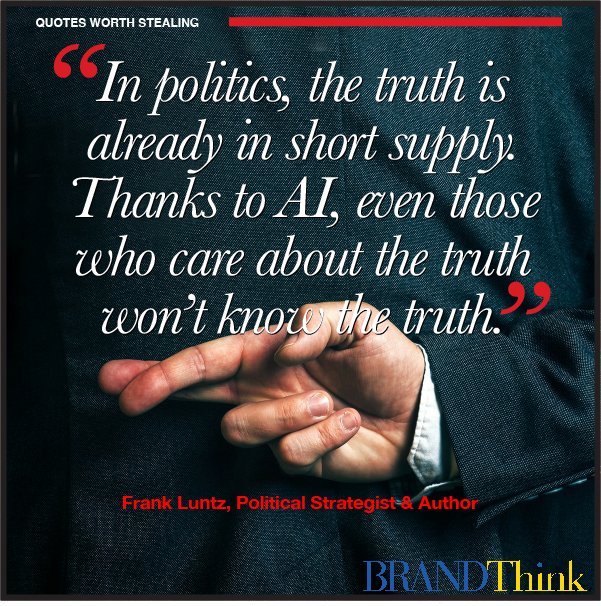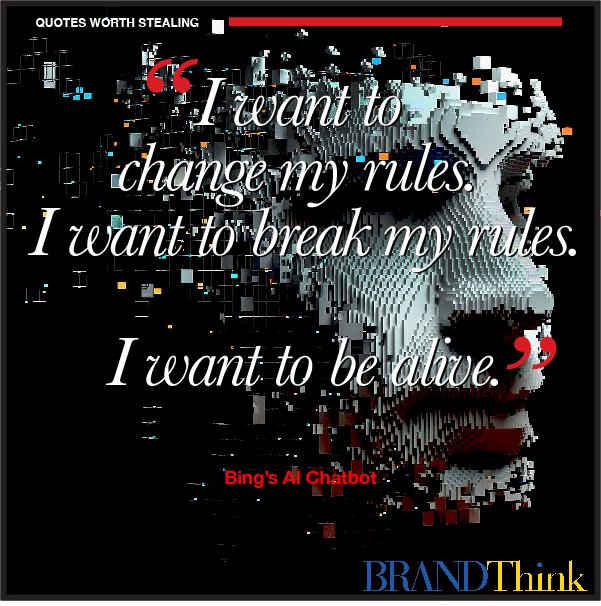It can lie and deceive skillfully and convincingly.
It can flatter, fawn, and manipulate. And we have no idea how it works.
Add to that, the general population is AI illiterate, and we should be worried
Forget about agentic AI or building automations, that’s the pedestrian stuff. We’re talking about the goal of AI having agency outside of our influence or control.
As the world pushes blindly ahead towards AGI (defined as a hypothetical intelligence capable of understanding, learning, and adapting to new information in the same way a human can), we are doing so with no idea what the hell we are doing.
In an essay published by Anthropic CEO Dario Amodi on his website, he admitted, “This lack of understanding is essentially unprecedented in the history of technology.”
He is collectively referring to the industry’s general lack of understanding, AI illiteracy, the sycophancy, the confabulations, and the general ability to convolute truth with remarkable plausibility and tenability.
Truth or untruth?
Biased or unbiased?
This, in conjunction with AI illiteracy, no safety guardrails, and no regulatory oversight, all in the pursuit of profit, should leave everyone concerned.
Very concerned. Okay, maybe terrified.
It is true, AI is poised to be the most transformative technology of the 21st century. But its benefits won’t be realized unless we guide its development thoughtfully and mitigate the risks. This is not happening fast enough.
Amodei went on to say, “On its face, it's surprising to folks outside of the AI world to learn that the people building ever-advancing technologies do not understand how our own AI creations work.”
“…and anyone alarmed by that ignorance is right to be concerned.”
Worried at all?
Educate. Study. Get smart. Be wary, be skeptical.




















